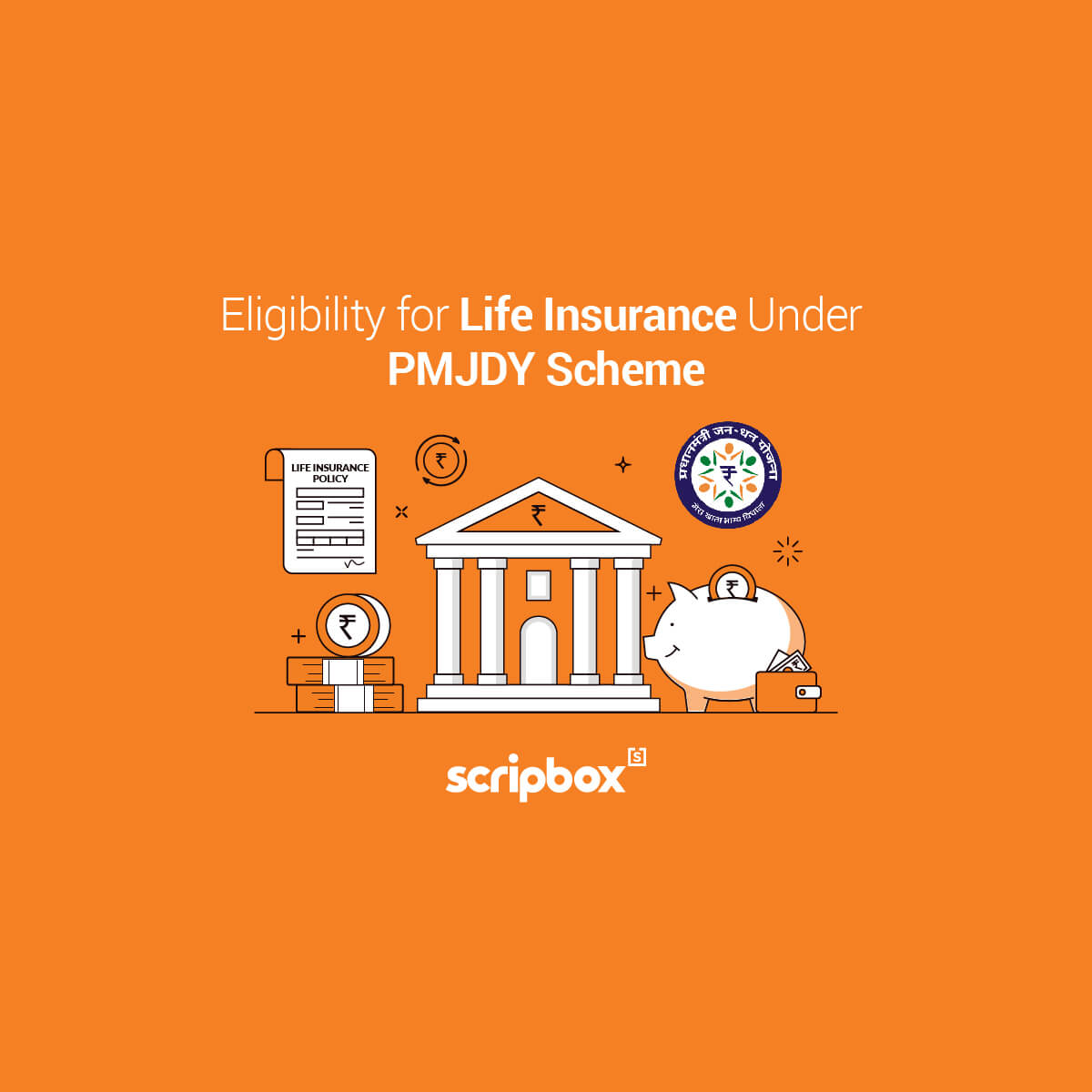The Government of India (GoI) established the Credit Guarantee Scheme for MSE Micro and Small Enterprises (CGS). The aim is to provide collateral-free credit to the micro and small business sector. Existing and new businesses are also eligible for coverage under the scheme. The Ministry of Micro, Small and Medium Enterprises of the Government of India and the Small Industries Development Bank of India (SIDBI) established this scheme.
The Ministry of Micro, Small & Medium Enterprises (MSME), Government of India and Small Industries Development Bank of India (SIDBI) collaborated. They jointly launched Credit Guarantee Fund Trust for Micro and Small Enterprises (CGTMSE). The aim of this joint venture is to to help micro and small businesses (MSEs) access institutional credit.
What is Credit Guarantee Scheme for MSE?
The Credit Guarantee Scheme for MSE intends to strengthen the credit delivery system and facilitate credit flow to the MSE sector. Additionally, it also aims to provide access to finance for the unserved, under-served, and underprivileged. To achieve its aim it enables conventional lenders’ funds available to new generation entrepreneurs. Over the last two decades, CGTMSE plays a key role in providing collateral and/or third-party guarantee free loan facilities to MSEs from qualifying Member Lending Institutions [MLIs].
CGTMSE has undergone transformative reforms since 2017 to expand the scope of its schemes. It now includes uncovered segments such as partial collateralized loans, retail trade, and among uncovered lenders such as NBFCs, Small Finance Banks, and Scheduled Co-Operative Banks, with an increased and dedicated focus on MSE lending. In order to achieve its growing scale, the CGTMSE is leveraging technology. It also marked excellence in other processes including NPA marking and claim settlements. Now, the Credit Guarantee Scheme for MSE conducts all the processes entirely online. It is the trust’s ongoing goal to maintain its technology up to date in order to improve efficiency and client service and satisfaction.
Features of Credit Guarantee Scheme for MSE
The following are the key features of the Credit Guarantee Scheme for MSE in India:
- Credit facility of up to Rs 200 lakh can be covered on outstanding basis. For RRBs and select FIs, credit facility up to Rs 50 lakh is eligible
- Interest rate is applicable as per the RBI guidelines.
- Extent of guarantee coverage ranges from 75% to 85%. A 50% coverage for retail facilities.
- Member Lending Institutions are NBFCs, Regional Rural Banks, Small Finance Banks, and institutions like SIDBI, NSIC, NEDFI, etc.
- The eligible activities are manufacturing and services including retail trade. However, educational and training institutions, SHG and agricultural activities are not eligible for the scheme.
Objectives of Credit Guarantee Scheme for MSE (CGSMSE)
- The availability of bank finance without the hassles of collateral or third-party guarantees. The objective is to help first-generation entrepreneurs in realizing their dream of starting their own Micro and Small Business (MSE).
- In order to strengthen the credit delivery system and facilitate loan flow to the MSE sector, the Ministry of Micro, Small & Medium Enterprises (MSME) of the Government of India developed the Credit Guarantee Scheme (CGS). The Credit Guarantee Fund Trust for Micro and Small Enterprises was established by the Government of India and SIDBI to put the scheme into action (CGTMSE).
- CGTMSE has launched a new “Hybrid Security” product that provides guarantee coverage for the amount of the credit facility that is not covered by collateral security.
- MLIs can seek collateral security for a portion of the loan capacity under the partial collateral security model. While the remaining portion of the credit facility, up to a maximum of 200 lakh, will be guaranteed under the CGTMSE’s Credit Guarantee Scheme. However, CGTMSE will have a pari-passu fee on both the primary and collateral security provided by the borrower for the credit facility.
- The key goal is that the lender must prioritize project viability. The goal is to secure the credit facility only on the principal security of the financed assets.
- Another goal is that the lender availing guarantee facility should endeavor to provide composite credit to the borrowers. This way they can get both a term loan and working capital from a single source.
- The Credit Guarantee Scheme (CGS) aims to reassure the lenders in the event wherein an MSE unit fails to repay the lender. Moreover, such a MSE has availed a collateral-free credit facility. In such a case, the Guarantee Trust will make good the lender’s loss up to 50/75/80/85 percent of the credit capacity.
Credit Guarantee Under CGSMSE Scheme For MSE
- Any collateral / third-party guarantee free credit facility (both fund and non-fund based). The eligible institutions extend the credit to new and existing Micro and Small Enterprises, including Service Enterprises. The maximum credit cap of Rs. 200 lakh (Rupees Two Hundred lakh only) is applicable for these Micro and Small Enterprises. Moreover, the NBFCs and Small Finance Banks have recently become eligible for guarantee coverage.
- The guarantee cover available under the scheme is 50%, 75%, 80%, and 85% of the credit facility’s sanctioned amount. For small firms with credit up to Rs 5 lakh, the guarantee coverage is 85%. For loans between Rs 10 lakh and Rs 100 lakh per MSE borrower for retail trade activity, the guarantee cover is 50% of the sanctioned amount of the credit facility.
- In the event of a default, Trust pays up to 75% of the amount owed under the credit facility given by the lending institution for amounts up to 200 lakh. The extent of guarantee cover is 80% for the following
- Micro and Small Enterprises operated and/or owned by women
- All credits or loans in the NorthEast Region (NER) for credit facilities upto 50 lakh.
Annual Guarantee Fee
As soon as the qualified credit facilities are approved, the lender should cover them. The guarantee will:
- Begin on the date of payment of the guarantee fee
- Last for the agreed term of the term credit in the case of term loans / composite loans
- Last for a period of 5 years in the case of working capital facilities only
- For such a period as the Guarantee Trust may specify in this regard.
For the first year, the Annual Guarantee Fee is charged on the guaranteed amount. Further, for the rest of the tenure, it is levied on the outstanding amount. The AGF is normally paid to the Trust within 30 days after loan disbursement. The institution obtaining the guarantee must pay the fee through NEFT or RTGS. The Credit Guarantee Scheme for MSE follows an annual guarantee fee structure across every category of enterprise.
The following is the Annual Guarantee Fee structure according to the extent of guarantee, credit facility, and category of enterprises.
| Category of Enterprise | Maximum extent of Guarantee where credit facility is | ||
| Up to Rs.5 lakh | Above Rs.5 lakh and up to Rs.50 lakh | Above Rs.50 lakh and up to Rs.2 crore | |
| Micro Enterprises | 85% of the amount in default subject to a maximum of Rs.4.25 lakh | 75% of the amount in default subject to a maximum of Rs.37.5 lakh | 75% of the amount in default subject to a maximum of Rs.1.50 crore |
| Women entrepreneurs or units located in North East Region including Sikkim (other than credit facility up to Rs.5 lakh to micro enterprises) | 80% of the amount in default subject to a maximum of Rs.40 lakh | ||
| All other section of borrowers | 75% of the amount in default subject to a maximum of Rs.37.5 lakh | ||
| Activity | From Rs.10 lakh and up to Rs.1 crore | ||
| MSE Retail Trade | 50% of the amount in default subject to a maximum of Rs.50 lakh |
Responsibilities of Lending Institutions
- The lender will use business discretion to evaluate the loan applications and pick the commercially feasible projects.
- The lender will also keep a careful eye on the borrower’s account.
- While the Trust pays the lender for the guarantee claim, the lender is still responsible for retrieving the total outstanding loan amount from the borrower.
- The lender will keep the securities it has obtained from the borrower in good working order.
- The lender will make certain that the guarantee claim is submitted to the Trust in the proper format. There will be no delay in notifying the Trust of any defaults in the borrower’s account.
- The lending institution must follow the Trust’s loan recovery instructions as they are published from time to time.
- The lender will be required to conduct the same diligence in loan recovery as it would have done if the Trust had not provided a guarantee.
Eligibility For Credit Guarantee Scheme for MSE
Under the Credit Guarantee Scheme for MSE, new as well as existing Micro, Small and Medium enterprises are eligible. However, they must engage in the following activities for the scheme:
- Manufacturing Activities
- Services including retail trade, educational and training institutions.
Lending Institutions Eligible for CGSMSE
- Scheduled commercial banks including private, public, and foreign banking institutions
- Regional Rural Banks under the “Sustainable Viable” category recognized through the NABARD
- The scheme has 133 eligible lending institutions registered as MLI under the Credit Guarantee Scheme for MSE.
- 26 Public Sector Banks, 21 Private Sector Banks, 73 Regional Rural Banks, and 4 Foreign Banks
- Delhi Financial Corporation, Kerala Financial Corporation, and Jammu & Kashmir Development Finance Corporation Ltd.
- Export-Import Bank of India
- The Tamil Nadu Industrial Investment Corporation Ltd.
- National Small Industries Corporation (NSIC), North Eastern Development Finance Corporation (NEDFI)
- Small Industries Development Bank of India (SIDBI)
Credit Facilities Under CGSMSE Scheme
- According to the RBI’s regulations, standard and regular credit facilities are available.
- The borrower’s business or activity for which the borrower availed the credit facility is still active and operational..
- The credit facility has not been adjudicated bad, questionable, or irrecoverable, nor has it been partially or wholly adjusted for any debt without the Trust’s approval.
Credit Facilities Not Covered Under CGSMSE Scheme
- Any credit facility whose risks are additionally covered by a scheme run by the Deposit Insurance and Credit Guarantee Corporation or the Reserve Bank of India.
- Any credit facility whose risks are additionally insured by the government or a general insurance company
- Funding that is not in accordance with the Central Government’s or RBI’s legislative provisions or directions
- Any credit facility offered to a borrower who also has a payment default on another credit facility.
Discover More
- Pradhan Mantri Jan Arogya Yojana (PMJAY)
- Pradhan Mantri Vaya Vandana Yojana (PMVVY)
- Pradhan Mantri Suraksha Bima Yojana
- Saksham Yuva Yojana
- Samarth Scheme
- PMMVY
- Pradhan Mantri Awas Yojana (PMAY)
- PM Kisan Samman Nidhi Yojana
- Pradhan Mantri Kaushal Vikas Yojana (PMKVY)
- Pradhan Mantri Jeevan Jyoti Bima Yojana
- Multiplier Grants Scheme
- Ujala Scheme
- Pradhan Mantri Jan Dhan Yojana (PMJDY)
- Atal Pension Yojana (APY)
- Pradhan Mantri Shram Yogi Mandhan
- DDU-GKY
- Startup India Scheme
- Antyodaya Anna Yojana (AAY)
- Pradhan Mantri Adarsh Gram Yojana
- Aspire Scheme
- Pradhan Mantri Ujjwala Yojana (PMUY)
- Credit Guarantee Scheme For Startups
- Startup India Seed Fund Scheme
- Pradhan Mantri Yuva Yojana (PMYY)
- Pradhan Mantri Kaushal Kendra (PMKK)
- Stand Up India Scheme
- ECLGS Scheme
- Unnat Bharat Abhiyan
- Digital India Scheme
- Sankalp Scheme
- Samagra Shiksha
- Skill India
- Deen Dayal Upadhyaya Antyodaya Yojana (DAY)
- Credit Guarantee Scheme for MSE (CGSMSE)
Related Articles
- Confused if your portfolio is performing right enough to meet your goals?
- How long have you been investing in mutual funds?
- What is your current portfolio size?
- What is your approximate annual household income?
- Your profile does not qualify for a call with a Financial Expert.
- What is Credit Guarantee Scheme for MSE?
- Features of Credit Guarantee Scheme for MSE
- Objectives of Credit Guarantee Scheme for MSE (CGSMSE)
- Credit Guarantee Under CGSMSE Scheme For MSE
- Annual Guarantee Fee
- Responsibilities of Lending Institutions
- Eligibility For Credit Guarantee Scheme for MSE
- Lending Institutions Eligible for CGSMSE
- Credit Facilities Under CGSMSE Scheme
- Credit Facilities Not Covered Under CGSMSE Scheme




























Show comments